
The science of wildlife management has come a long way since the early 1900s when many populations of wildlife species, including bobcats, were low and mostly restricted to isolated pockets of high-quality habitat. As wildlife populations declined across the country, conservationists, including hunters and trappers, supported legislative changes for better management and protection of wildlife and wild places. As time and legislation (notably the Pittman Robertson Act in 1937 and the Endangered Species Act in 1973) passed, modern wildlife management concepts took shape that recognized the value of predators—including bobcats—and provided some protections (this reversed decades, perhaps centuries, of persecution of predators). Before 1972, there were no limits or closed season on bobcats in Illinois. They were formally protected by the Wildlife Code in 1972 and listed as a state threatened species in 1977.

These protections combined with changes in land use, enforcement of game laws by Conservation Police and incentives for habitat restoration have turned things around for bobcats and many wildlife species in Illinois and across the United States. White-tailed deer, river otter, American badger and wild turkey are all species that were nearly extirpated from the state at the turn of the 20th century and made successful recoveries. Managers monitor the populations and allow a regulated hunting and/or trapping season that allows for limited harvest and utilization of some animals—without endangering the populations.

In cooperation with the Illinois Department of Natural Resources (IDNR) and the Federal Aid in Wildlife Restoration (Illinois Federal Aid Project W-126-R), the Cooperative Wildlife Research Laboratory (CWRL) at Southern Illinois University – Carbondale conducted research over several decades that focused on bobcats. Since 1995 they have radio-collared more than 120 bobcats and followed them around during their daily lives. They learned about preferred habitats, den locations, interactions with other species, survival, seasonal movements and home range size. They also collected and analyzed over 250 road-killed bobcats to learn about their diet, parasites, genetics, body condition, age, reproductive history and more. More than 20 scholarly articles were published that investigated most aspects of bobcat ecology.
This research and various surveys have documented population growth, range expansion and increased observations of bobcats in every county. Researchers helped the IDNR get a better understanding of bobcat ecology in Illinois. By 1999, bobcats had been reported in 99 of 102 counties and they were removed from Illinois’ list of state threatened species. In 2016, the bobcat joined 13 species of furbearers that have regulated hunting or trapping seasons. It is one of many examples of a recovered wildlife species that highlights the work of biologists, researchers and landowners across the state.

IDNR also conducts several annual surveys that provide indices of bobcat abundance across the state. A sample of archery deer hunters are surveyed annually by the Illinois Natural History Survey (using funds allocated from IDNR and the Federal Aid in Wildlife Restoration Act) to provide an index of the abundance and distribution of various wildlife species across the state. This survey asks hunters to report the time and location of all archery deer hunts and record observations of bobcat, coyote, deer, red and gray fox, squirrel and wild turkey. The value of these data are in the trends of the observations over time. In 1992 hunters across the state saw an average of 0.5 bobcats per 1,000 hours of observation. In 2018, hunters observed 6.5 bobcats per 1,000 hours of observation. For comparison, the same hunters saw an average of 1,096.6 deer, 36.7 coyotes and 3.5 red fox per 1,000 hours of observation in 2018.
IDNR also asks every successful deer hunter throughout the state several questions when they harvest and check in a deer. Among these questions are a few questions on other species which include ‘How many bobcats did you see while hunting this location?’. In 2005, 4 percent of the hunters who checked in a deer saw at least one bobcat across the state. In 2018, 16 percent of the successful hunters reported seeing at least one bobcat, documenting a big increase in the percent of successful deer hunters who saw bobcats from 2005 to 2018 across the state. The biggest increase was in west-central Illinois (Region 4, see Figure 1). Four percent of the deer hunters who checked in deer in Region 4 observed at least one bobcat in 2005. In 2018, 21.9 percent of successful deer hunters in Region 4 reported seeing a bobcat. Compare that to the traditional bobcat stronghold of southern Illinois (Region 5) where 7.8 percent of successful deer hunters reported seeing at least one bobcat in 2005 with the percentage growing to 22.6 percent by 2018.

With several decades of research and multiple surveys indicating a healthy and growing population, the decision was made to start a limited, closely managed hunting and trapping season for bobcats. During the first bobcat season in 2016, 26 percent of 500 permit holders filled their permits by hunting or trapping. The next three seasons, 1,000 permits were issued per year (Figure 2) and the success rate was 31 to 32 percent. In 2017, 2018 and 2019, the number of bobcats harvested was 318, 306 and 306 respectively (not counting salvage). The percentage of bobcats taken by hunters compared to trappers has been a little more variable. The percent of bobcats taken by trapping ranged from 35 to 46 percent per year and those taken by hunting ranged from 44 to 57 percent.
The bobcat season coincides with the regular trapping season, starting November 10 and ending February 15. Based on harvest data, many permit holders fill their tags after Christmas. Most of the deer and waterfowl seasons have passed, temperatures have dropped and pelts are prime. In 52 days of the season in November and December 2019, 36 percent of the bobcats were harvested for the season. In January and February (46 days), 64 percent of the bobcats were harvested. This suggests that either effort or the likelihood of success is greater in the second half of the season. A contributing factor could be increased daily movement of bobcats during the breeding season, especially among males.

What does the future hold for the bobcat season in Illinois? IDNR will continue to monitor bobcats and work with researchers to increase our understanding of bobcat population dynamics, survival, occupancy and distribution across Illinois. Building on decades of knowledge from researchers in southern Illinois, researchers at Western Illinois University began studying the bobcat population as the regulated season was implemented. This work will increase our understanding of bobcats in central and western Illinois and lead to better management of the species. We will continue to learn and make adjustments as needed to improve the management of this species and ensure that a healthy bobcat population is a part of Illinois for future generations.
Stan McTaggart is the Illinois Department of Natural Resources’ Furbearer Program Manager and works in the Springfield office of the Division of Wildlife Resources.





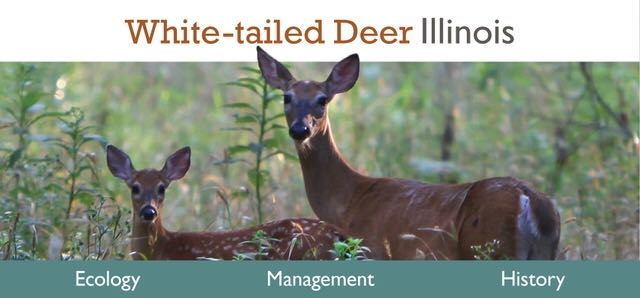
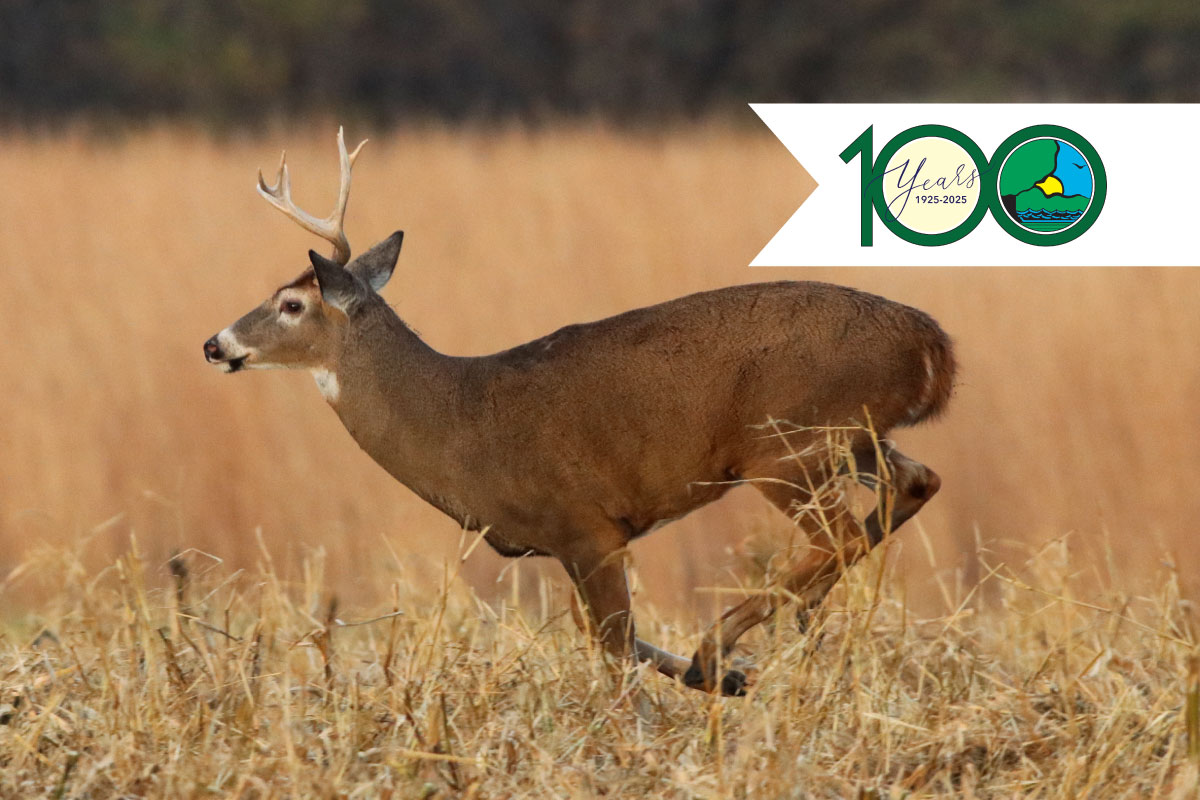
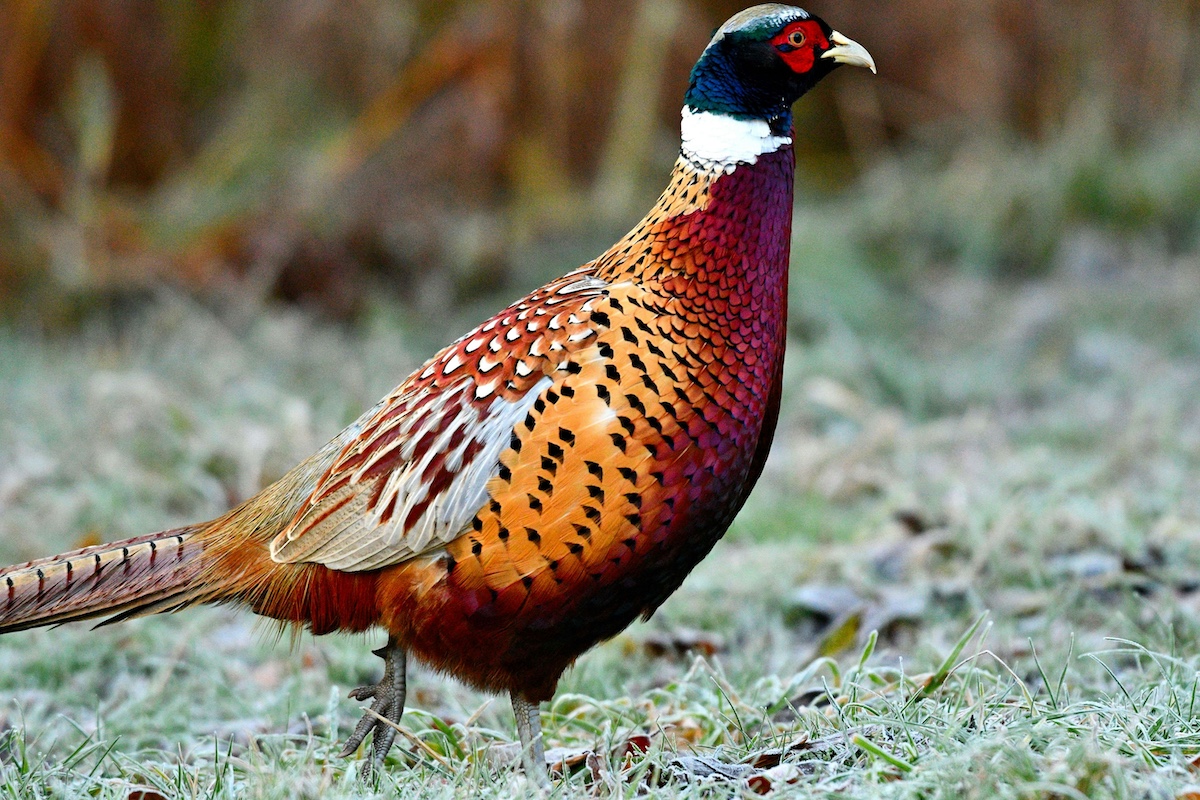
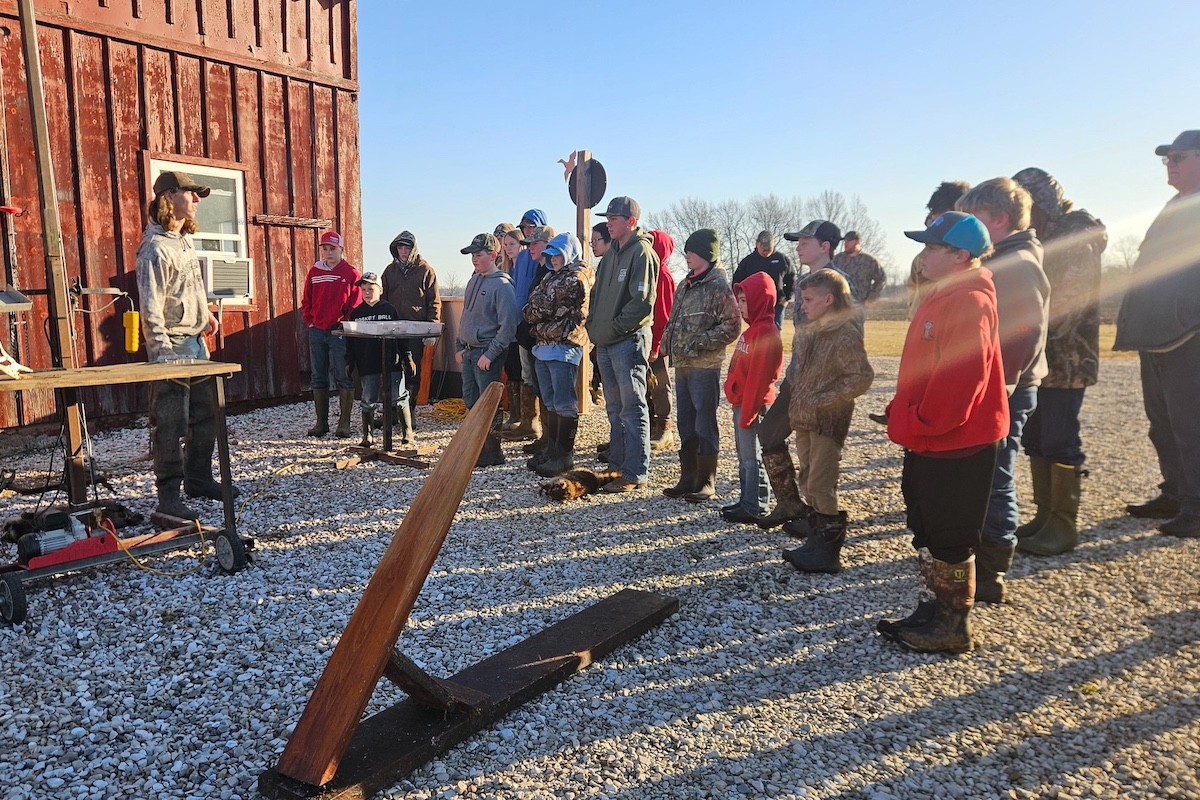
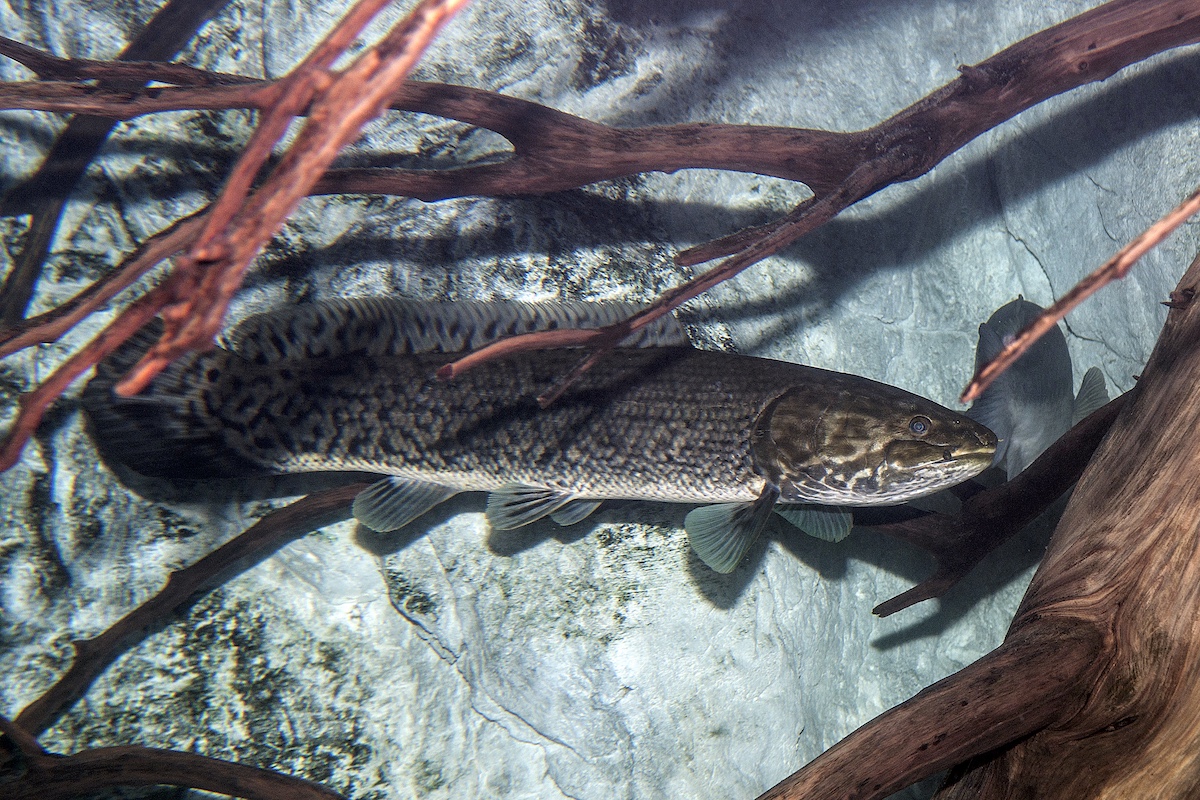
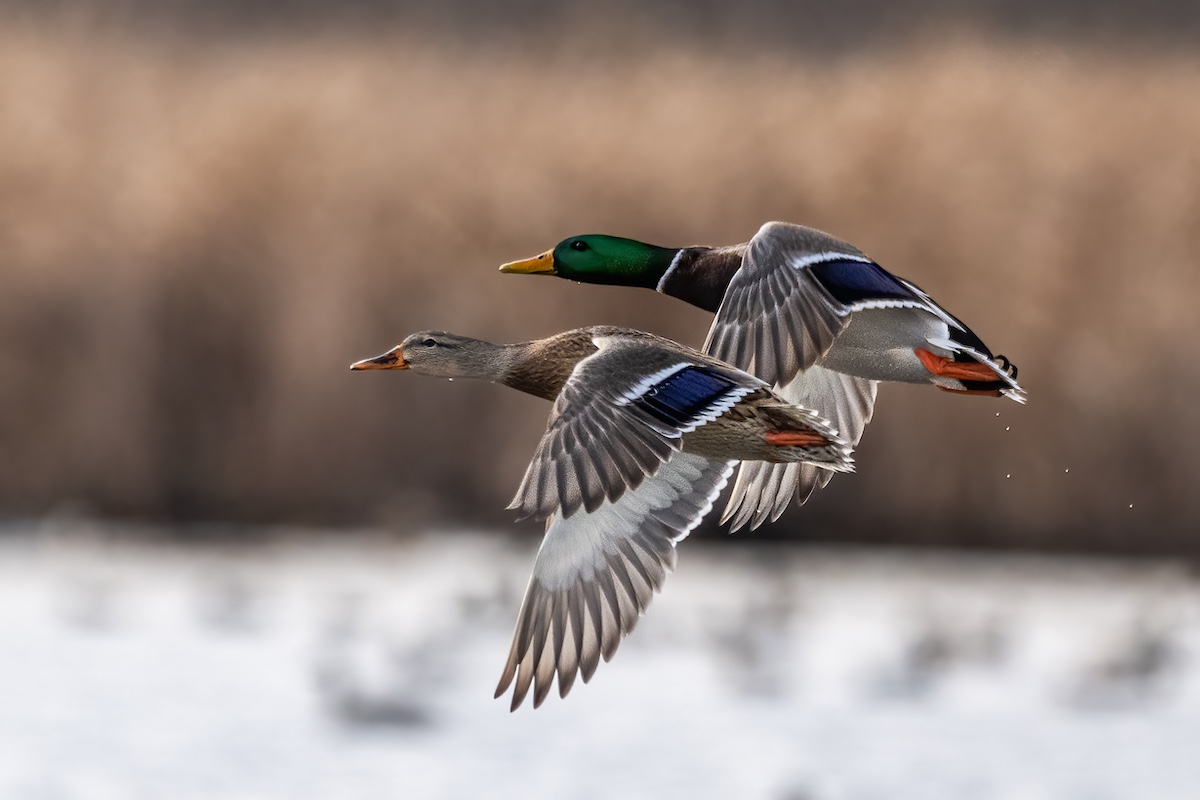
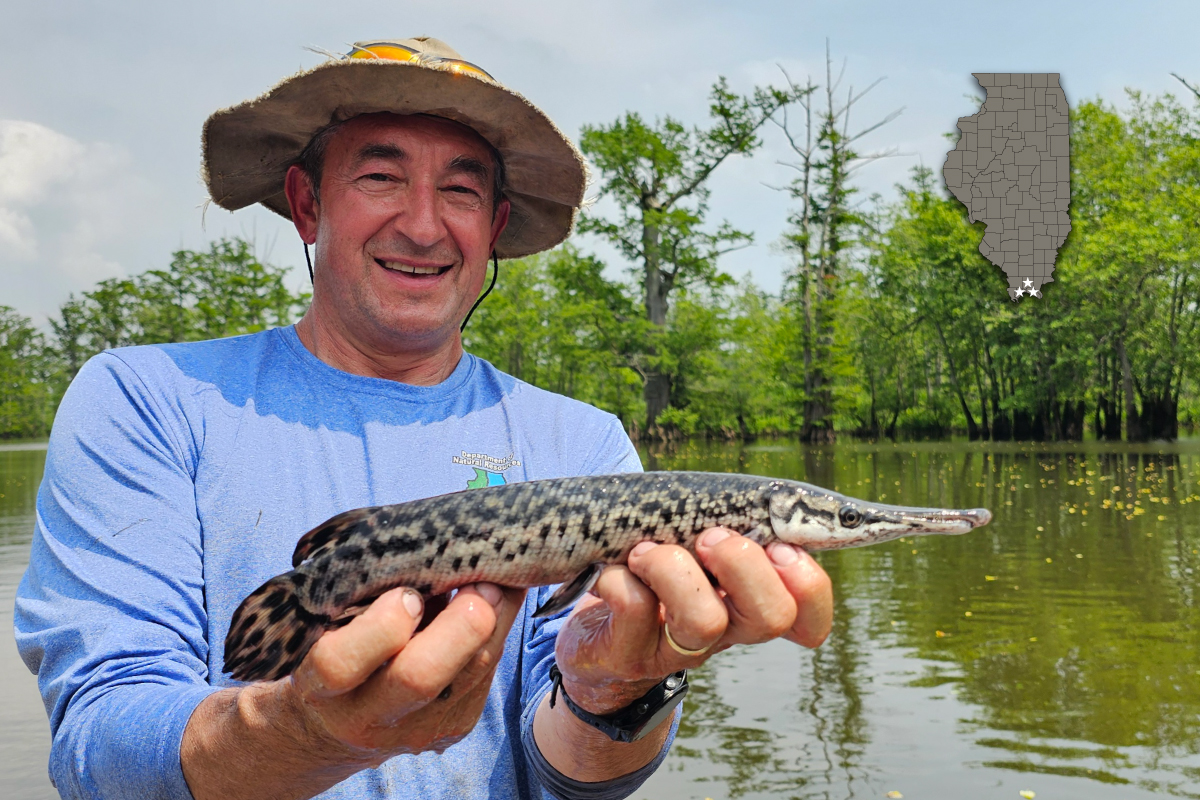
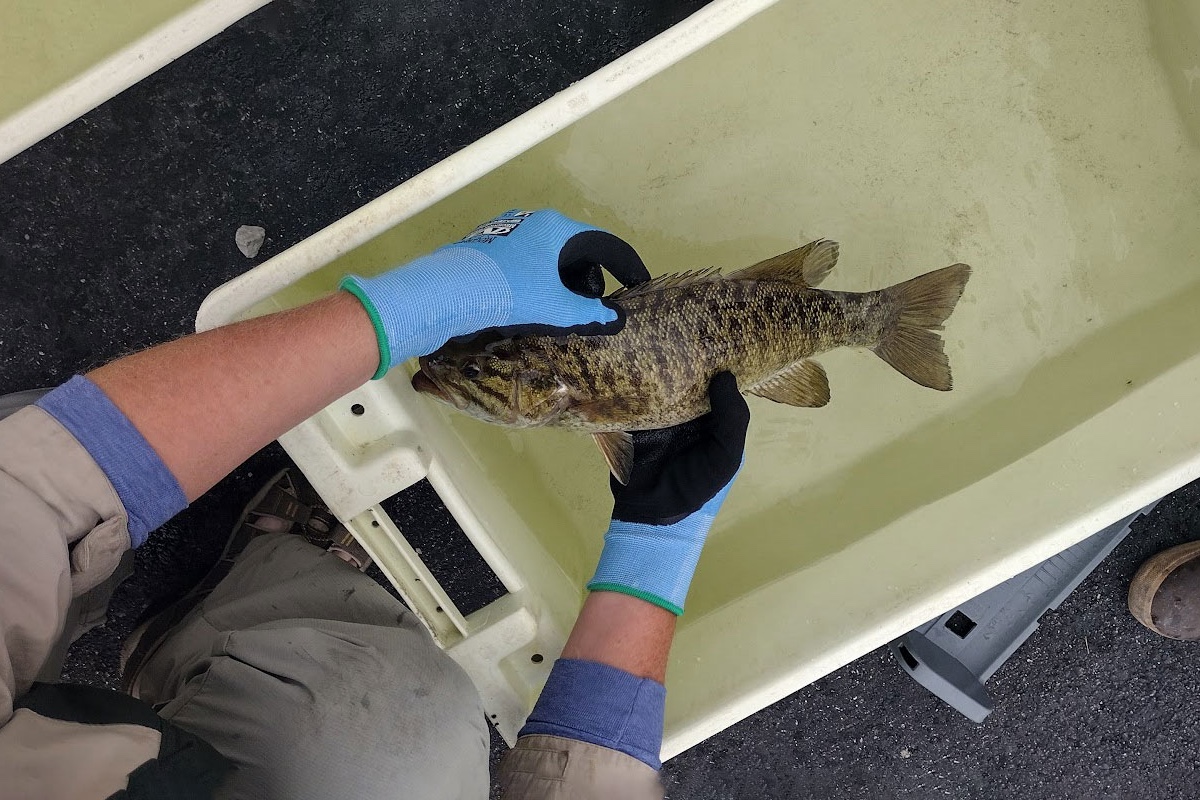
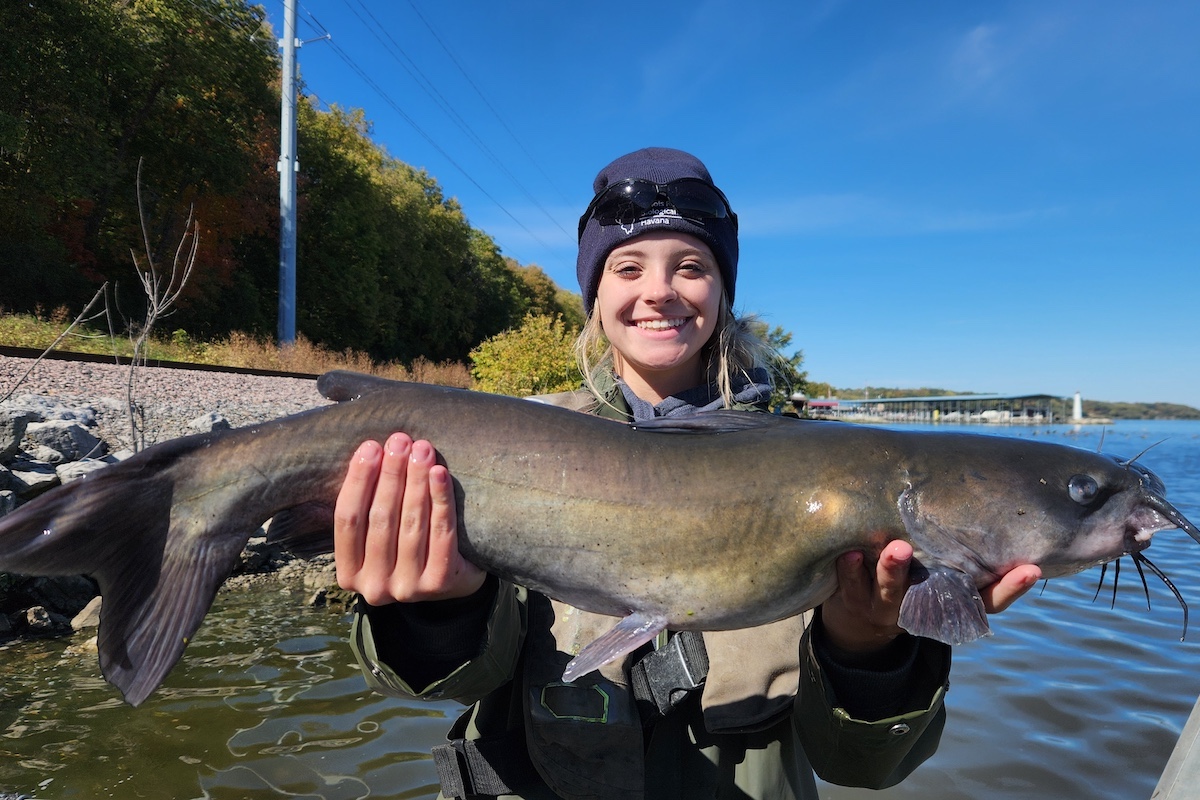

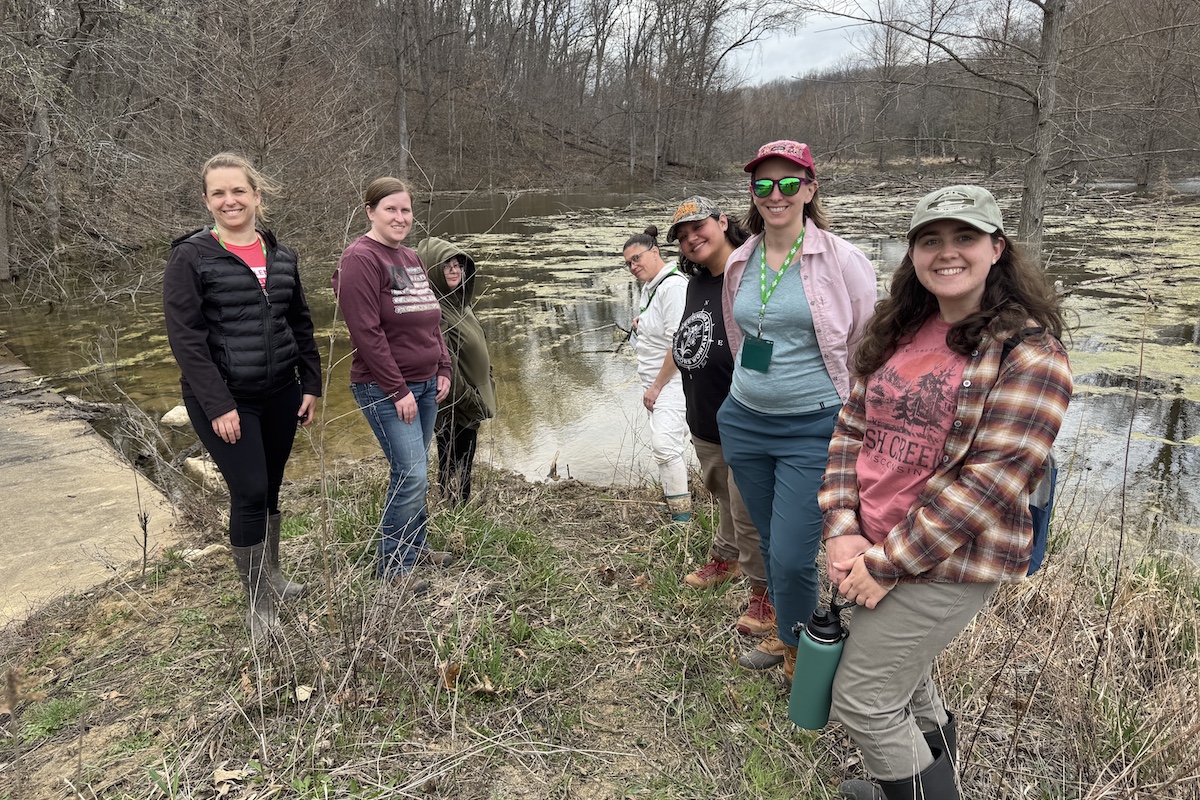
Submit a question for the author